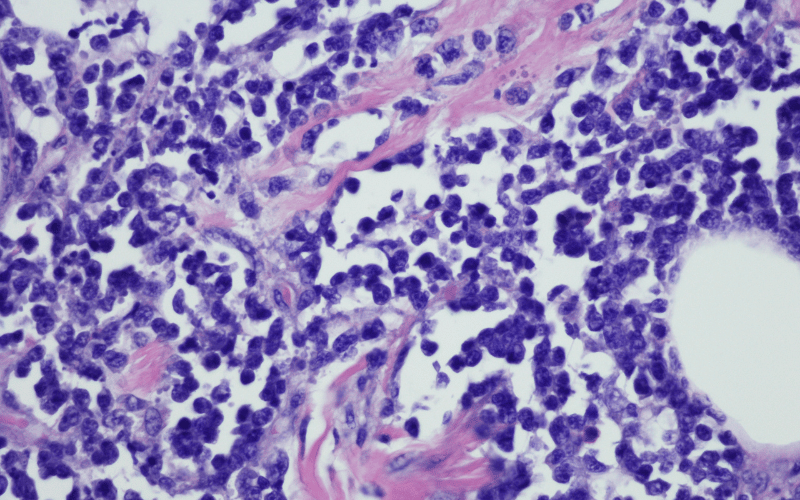Introduction: Demystifying Burkitt Lymphoma

Often, the medical world can be an overwhelming labyrinth of complex terms and disease conditions. One such medical condition that necessitates a deeper understanding is Burkitt Lymphoma. Not as commonly spoken about as breast or lung cancer, its aggressive nature and the severity of its impact, nevertheless, demand attention.
As a layperson, medical professional, or someone personally affected by this disease, gaining insights about Burkitt Lymphoma can serve as a vital asset. From understanding its origin, types, symptoms, and treatment options, to knowing about survival rates, every detail could make a difference. In this enlightening piece, we delve into the lesser-known aspects of Burkitt Lymphoma, presenting you with 15 crucial facts to help you better comprehend this disease.
While being deeply rooted in the annals of medical history, Burkitt Lymphoma’s story began in 1958 with Dr. Denis Burkitt, an Irish surgeon stationed in Uganda. His sharp observation of a unique pattern in pediatric tumors led to the identification of this disease. This form of lymphoma, named in his honor, subsequently became a significant area of research in oncology.
Burkitt Lymphoma, while not widely prevalent, holds a significant place in the spectrum of lymphomas. Its aggressive nature, combined with its predilection for certain age groups and geographical areas, underscores the need for timely diagnosis and intervention.
The information that follows is a carefully curated list of 15 essential facts about Burkitt Lymphoma. These include insights into its types, symptoms, association with other diseases, diagnostic methods, treatment options, and much more. So let’s delve into the world of Burkitt Lymphoma, decoding its intricacies, and unearthing the facts that make it unique.
Fact 1: Unmasking Burkitt Lymphoma

Burkitt Lymphoma, named after the Irish surgeon Denis Burkitt who first identified the disease in African children in 1958, is a fast-growing, high-grade form of Non-Hodgkin’s Lymphoma. This particular type of lymphoma aggressively targets cells in the lymphatic system, a crucial part of the body’s immune system that safeguards against infections.
Unlike other types of lymphoma, Burkitt Lymphoma is notorious for its growth rate. It doubles in size within 24 to 48 hours, emphasizing the urgent need for timely diagnosis and immediate treatment.
The cells affected by Burkitt Lymphoma are B-lymphocytes, a type of white blood cell that produces antibodies to fight infections. When these cells transform into lymphoma cells, they multiply uncontrollably, leading to the formation of tumors. This rapid proliferation of cells, in turn, can cause a series of physical symptoms that serve as indicators of the disease.
Although Burkitt Lymphoma is classified as a rare disease, it is one of the most common forms of lymphoma in children, especially in malaria-endemic regions of Africa. However, it isn’t restricted to children alone and can affect adults as well.
The high intensity of this disease, combined with the rapidly changing landscape of its treatments, underscores the importance of understanding Burkitt Lymphoma. Awareness and knowledge of the disease, its symptoms, and available treatments can help guide decisions related to healthcare and disease management. (1)